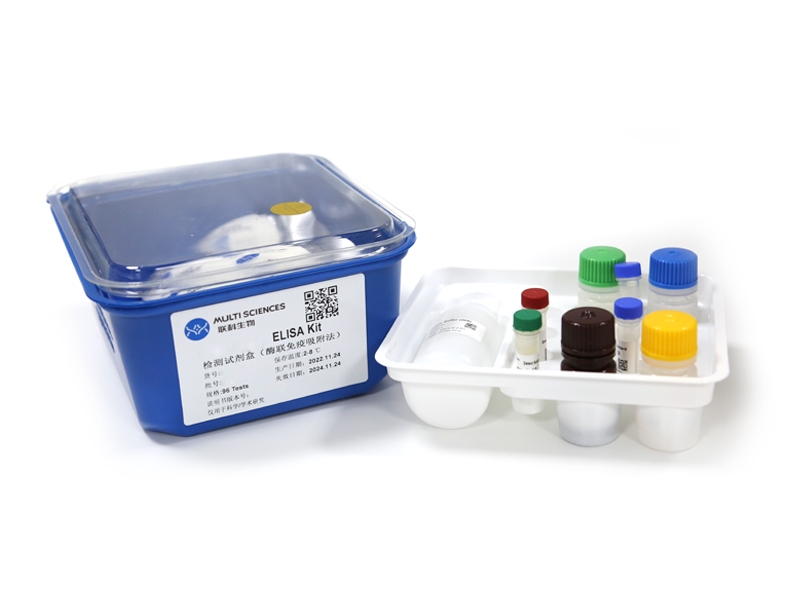NLRP3 is associated with multiple risks in graft-versus-host disease, though unifying principles for these findings remain largely unknown. To explore the effects and mechanisms of the absence of NLRP3 function on hepatic graft-versus-host-disease, we established an allogeneic hematopoietic cell transplantation mice model by infusing bone marrow mononuclear cells and spleno-T cells of the BALB/c mouse into either NLRP3 knockout (NLRP3(-/-) ) or wild-type C57BL/6 mice. Elevated inflammatory cell infiltration, liver fibrosis, and secretions of alanine aminotransferase (ALT) and aspartate transaminase (AST), together with weight loss, were observed in C57BL/6 recipients after transplantation. However, moderate injury pathology was detected in the liver of NLRP3(-/-) recipients at day 14, which gradually improved over time. Likewise, proinflammatory cytokine IL-1β, a downstream effecter of NLRP3 inflammasome activation, showed significantly lower expression (P < .05) in the liver of NLRP3(-/-) recipients relative to C57BL/6 recipients at day 7 and day 21. Moreover, compared with C57BL/6 recipients, the expression of both TNF-α and IL-1β were decreased 3-fold and 4.7-fold, respectively, at day 21 in NLRP3(-/-) recipients. Interestingly, NLRP1a was expressed at a significantly reduced level in the liver of NLRP3(-/-) recipients (P < .001). Furthermore, systemic inflammation was analyzed by measuring the concentration of IL-1β and adenosine triphosphate (ATP) in serum. The concentration of IL-1β achieved a maximum at day 14, then decreased at day 21 and day 28 in NLRP3(-/-) recipients. In contrast, the concentration of IL-1β in C57BL/6 recipients gradually increased from day 7 to day 28. ATP levels reduced from day 7 to day 28 in NLRP3(-/-) recipients, but were extremely high in C57BL/6 recipients from day 14 to day 28 (P < .01). The decreased levels of P2X7R were connected to less ATP in NLRP3(-/-) recipients at day 21 and day 28. In conclusion, NLRP3 knockout in recipients could significantly relieve liver injury after transplantation and block the NLRP3 inflammasome pathway, thus providing a promising strategy for the treatment of graft-versus-host disease prophylaxis.
文章引用产品
-
-
- EK201B
- ELISA试剂盒
Mouse IL-1β ELISA Kit 检测试剂盒(酶联免疫吸附法)
-
¥1,600.00 – ¥10,800.00
-
- EK201B
- ELISA试剂盒
Mouse IL-1β ELISA Kit 检测试剂盒(酶联免疫吸附法)
- ¥1,600.00 – ¥10,800.00



